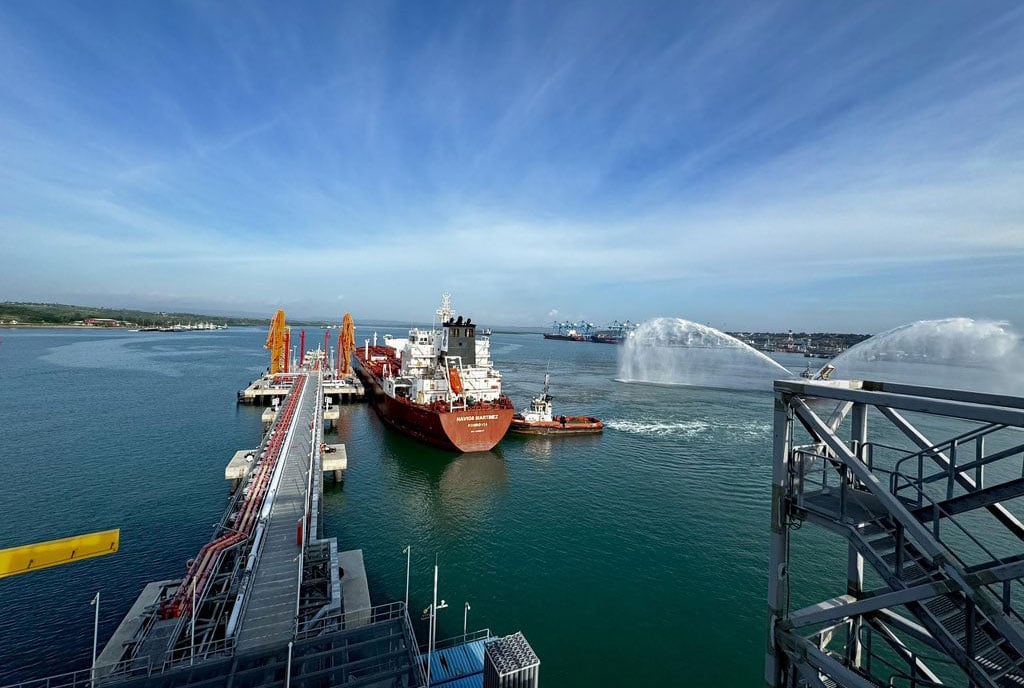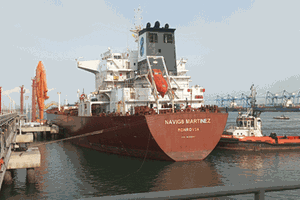
Mr Charles Onyango-Obbo
Late last month, Uganda reinstated a 25 percent import duty on fully electric vehicles, hybrid vehicles, and electric motorcycles. Barely a week later, regional events showed how short-sighted that action was.
Reports emerged that Uganda’s attempt to get cheaper and more reliable fuel supplies, by importing directly from Gulf suppliers, instead of buying from Kenyan middlemen companies might be in trouble. The reports said Kenya had imposed what could amount to UShs145 billion port fees on Uganda-bound fuel and jerked up the bond fee at the Vitol oil terminal (which is handling it) in Mombasa,
It is early days, and this could be a tactical bargaining move by Kenya to get a good deal for itself when the inevitable bilateral discussions between Kampala and Nairobi take place over the issue.
Whatever the case, in the end, Uganda is likely to get only marginal benefits from directly importing its fuel. There is some good in all this, though. Here’s our case: Uganda’s population is nearly 46 million according to the results of the fumbled national census released last month. By 2030 it is projected to be at about 60 million.
After more than two decades of progress against poverty, Uganda is losing the fight. The number of chronically poor Ugandans is again rising, increasing from 18.7 percent to 21.91 percent between 2019 and 2020, for example. Among many things, including the still relatively high birth rate (though it is now declining) the high cost of energy and fuel, which considerably slow industrialisation and makes it impossible to improve the consumption of the millions of “new” Ugandans by providing them goods and services at affordable costs, partly accounts for this picture. The prospect of anywhere between 20 million and 25 million Ugandans living in extreme poverty in a few years should frighten everyone.
Getting energy and other production costs down, therefore, is an existential issue. What the wrinkle with the “cheap fuel” project shows, is that being landlocked is easily Uganda’s biggest economic and security problem.
As the World Bank and many others have noted, being landlocked is a major reason why 16 of the world’s 31 landlocked developing countries are among the poorest in the world. While high prices affect many countries worldwide, developing landlocked countries bear an extra burden. Without a port, and with poor infrastructure, they pay more and wait longer for imported fuel, food, and other goods. They tend to grow more slowly than their coastal neighbours.There are hardly any rich landlocked countries outside Europe, where Switzerland, Austria, the Czech Republic, and Hungary are some of the richest countries without a coastline. But even then, they aren’t too far from the coast. Switzerland is barely 170 kilometres from the coast, the distance from Kampala to Kalagi. It is connected to the coast by the Rhine River, along which it has hub ports. This 1,170 kilometres from Mombasa to Kampala is economic madness.
That is one reason why taxing electric vehicles is strategically myopic. Instead, the government should be granting incentives for the economy to move away from dependence on fuels that need to be shipped in either through Mombasa or Dar es Salaam for its transport and industries. There is hope on the horizon, in the form of Kiira Motors, who are tinkering with electric vehicles, but more so, the Madhvani’s Kakira Sugar, who operate one of Africa’s most exciting ethanol plants. They distil the ethanol from the molasses their sugar mill produces. The world’s top ethanol fuel consumers are the US, China, Brazil, India, Thailand, Germany, Argentina, France, Japan, and the UK. There is no reason why Uganda, the largest producer of sugar cane in East Africa, can’t be its leader in ethanol …and place next to Thailand. It would totally change our economy and country.
That would still leave us dependent on neighbours to import electric and ethanol vehicles and machinery. So, a while back I asked a serious Ugandan who thinks about these things how we can best overcome. He replied rather quickly. “I would redevelop Nakasangola and Soroti airports into air cargo hubs, and stick in 4,000 metre-long runways [Entebbe is 3,000 metres], enough to land a massive cargo plane like the Antonov Mriya. That thing hauls 280 tonnes.”
“The maximum a truck can carry on the Mombasa–Kampala route is 27 tonnes per trip, so that is 10 trucks per Antonov Mriya. The clincher here is that these would be aviation-fuel-tax-free airports. I would offer the cheapest aviation in Africa. You wouldn’t believe the scramble,” he said.
“We would move a lot of cargo off the Mombasa-Kampala and Dar es Salaam-Kampala routes. But then I would also bring Ugandan economic activity closer to the Indian Ocean with aggressive policies to move industry to the Busia-Tororo-Mbale and Masaka-Mutukula axes. Then I would switch off the lights, and have a very long sleep, as great things happen out there.”
Mr Onyango-Obbo is a journalist, writer and curator of the “Wall of Great Africans”.
Twitter@cobbo3





